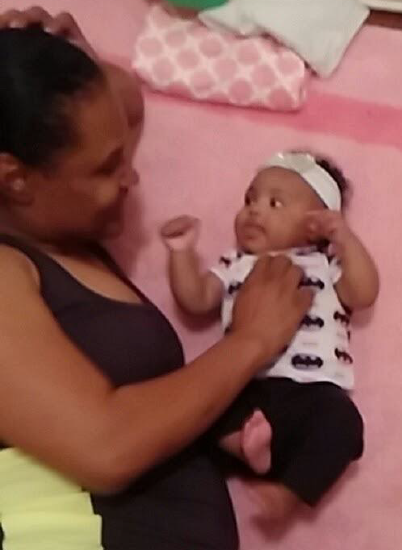18.3: Attachment Behavior vs. Attachment Bond
- Page ID
- 141509
Behaviors and Bonds
While Bowlby focused on phases of attachment, Mary Ainsworth (a student of Bowlby) believed attachment is a secure base from which to explore. She found that adult attachment representations, the construct of how adults remember their own childhood experiences, might influence the attachment categorization of their children. In attachment theory, it is important to distinguish attachment behavior and attachment bond. Attachment behavior is behavior on the part of the infant that promotes proximity to the attachment figure, such as smiling and vocalization (Carlson & Sroufe; Cassidy). Attachment bond, however, is described by Ainsworth and Bowlby not as a dyadic and reciprocal relationship existing between the infant and his caregiver but rather as the infant's interpretation of his relationship with his mother (Cassidy). Evidence supports the positive influence of secure mother-child attachment on later development (Slade & Aber, 1992). A secure attachment system serves as a foundation for the expression of emotions and communication in future relationships, provides opportunities for self-regulation of affect (the ability to consider emotional processes before responding), and creates the potential for resilience (Belsky & Cassidy; Carlson & Sroufe; Cassidy; Karen, 1990).[1]

[1] Human Development by Human Development Teaching & Learning Group is licensed under a Creative Commons CC: BY-NC-SA
[1] Image by Marie Harris is licensed CC By-NC

